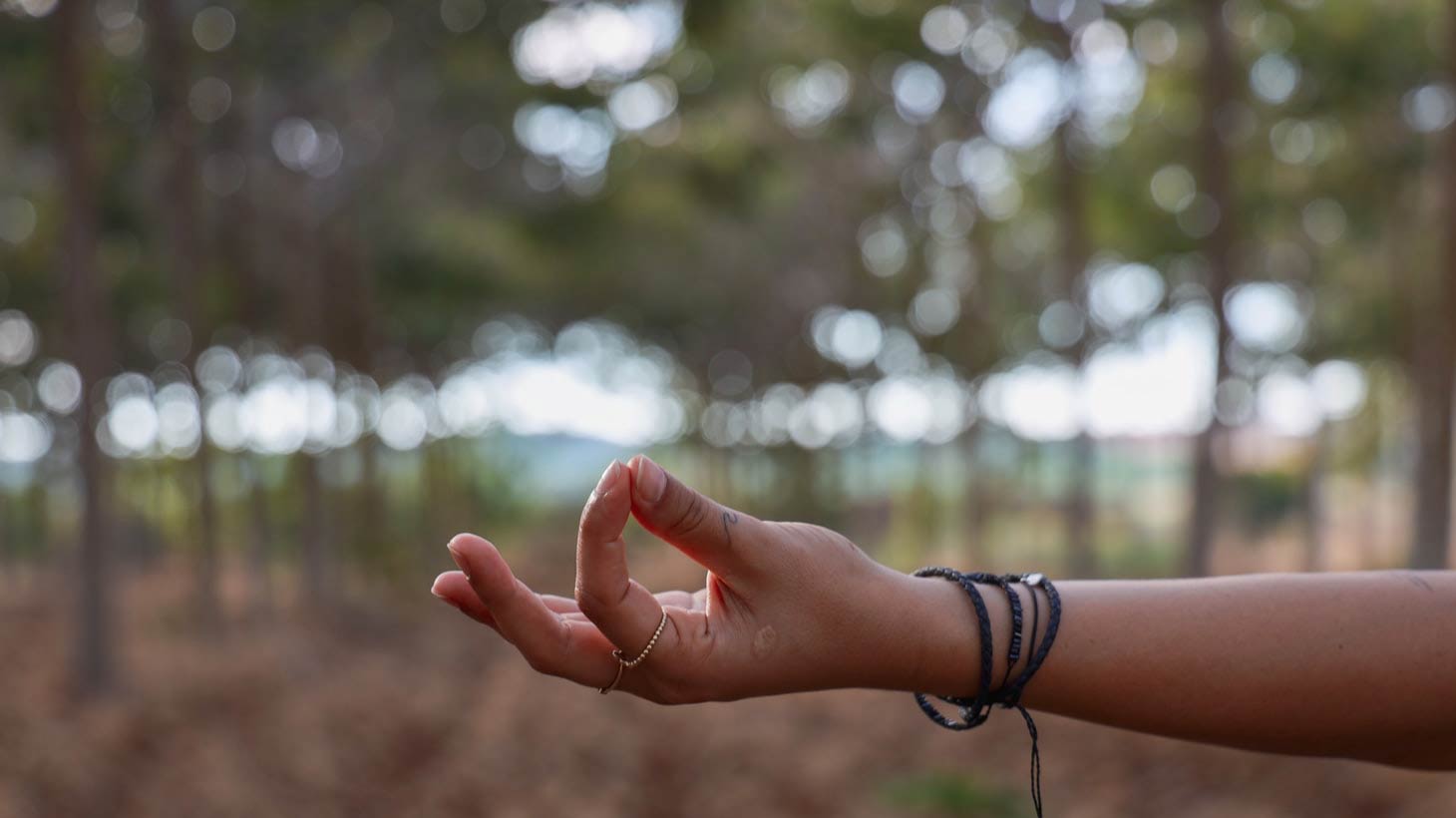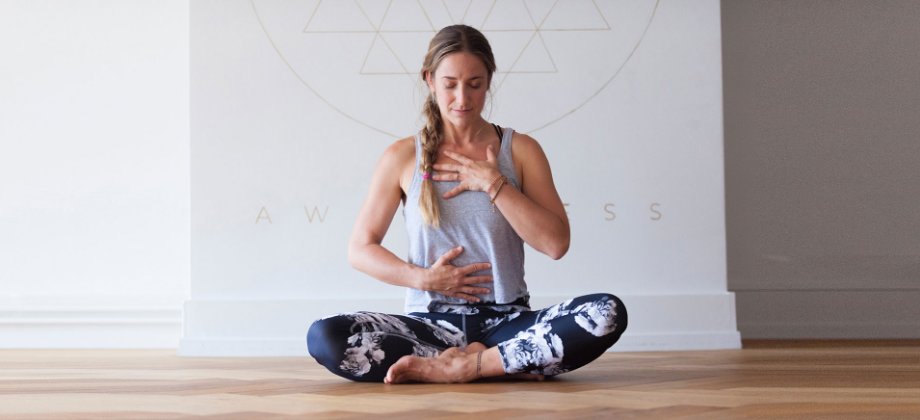
How Yoga Teachers Can Add More Rest to Their Day-to-Day
Being a yoga teachers requires tremendous mental and physical agility. We lead classes full of students who rely on us to guide them through anatomically sound sequences that will also help them relax, connect to their bodies, and go deep into their inner minds. In addition to that, we are expected to be available before and after class, for set up and questions respectively. Besides, we are encouraged to dedicate time and energy to build community, to create long-lasting relationships with our students and fellow teachers, to continue training. We also have to be smart about our entrepreneurial endeavors and have a website, a social media presence, send out newsletter, write blog posts.
While it might look like our lives are lighter because we work in the wellness industry, being a yoga teacher is no small feat.
If we keep looking for tasks to add to our day-to-day, the list is endless. While it might look like our lives are lighter because we work in the wellness industry, being a yoga teacher is no small feat. Recognizing how much mental and physical effort goes into our profession is essential to our well-being. Once we understand we become tired much like everyone else, we can accept that we, too, need time off, giving our bodies and minds significant time to rejuvenate.
In this article, you’ll find a short explanation on how our nervous systems work and why it’s important to rest if we want to avoid yoga teacher burnout (it does happen!). It is then followed by a short sequence of poses and practices to do to start implementing right after reading.
How our nervous system regulates stress
Our nervous system is responsible for many ways our bodies work, and among them is its ability to manage and regulate our stress levels. Our nervous systems respond to stimuli in different ways; nowadays, we are bombarded by so much information and are pushed to be awake and attentive to so many kinds of environments that they are often on overdrive.
That’s why we need to invite our parasympathetic system to take the lead from time to time.
That becomes a problem, because the part of the nervous system that regulates our bodies’ rhythm in the face of such intense stimulation is the one that activates our “fight or flight” mode (the sympathetic nervous system), therefore keeping us on our feet all day long. That’s okay, you’ll say, it’s quite an advantage to know our bodies have our backs and can handle demanding schedules. That’s what they’re for, after all!
Yes, but… Leaving the sympathetic nervous system do all the work has an impact aging speed, hormone production, and digestion, among other things. So besides keeping us on high alert most days and impacting our sleep, it also has a negative impact on our long-term health. That’s why we need to invite our parasympathetic system to take the lead from time to time, the “rest and digest” system”, so we can loosen our muscles, enjoy a more restful sleep, and give into sweet moments of relaxation.
You cannot pour from an empty cup
Have you heard the metaphor of the cup? It’s one of the phrases we often see on social media, “you cannot pour from an empty cup.” Although it might feel a little repetitive by now, it’s a phrase our nervous systems would love for us all to understand.
Not only is rest is crucial to our well-being, but it is necessary to maintain a happy and healthy lifestyle. When we are rested, we are less irritable, laugh more easily, have more patience, and more likely to respond to requests from the outside world — be it students, fellow teachers, children, partners, friends, or family. When we have time for ourselves, to check in with our bodies and minds, to lie down for just a few moments, we replenish our batteries to then have more to give to the rest of the world.
That’s why we need to make it a daily habit to have a bit of time to rest and relax — here are a few suggestions to do from your office, your yoga mat, your couch, or even commuting. Yoga teachers need to rest too!
 Easy restful practices to add to your day
Easy restful practices to add to your day
Take time to check in and breathe
This might sound too easy to have the slightest impact on our bodies and minds, but it does put things into perspectives. It’s a moment to encourage our bodies to slow down our fast-paced days.
While you’re driving, in line at the supermarket, on your bike, or in between tasks at your desk, pause for a moment and ask yourself:
- How am I feeling in my body right now? Where is the tension, where is the ease?
- How am I feeling in my mind right now? What thoughts pop up, what emotions am I feeling?
- Is there anything I can do right now to get an inch closer to feeling more at ease? This can be as short as taking a couple of deep breaths, closing your eyes for a moment, wiggling your toes, repeating a meaningful word or phrase.
Simply lie down
Most of us only have the opportunity to lie down when we sleep, with a bonus savasana per day if we’re lucky. Lying down is the most obvious sign for the nervous system, indicating that it is time to loosen up those muscles, relax the frown of our eyebrows, and breathe a little deeper.
If it’s available to you, grab a pillow to place under your head, a cozy blanket, put some music or sound on… And just lie on your preferred surface. If you can, try it out outside, on the grass, or sand, or anywhere accessible.
Take legs up the wall
This one is one of my favorites because by reversing our usual standing position, we truly get to disconnect from the hustle and bustle of the demanding work of a yoga teacher.
Find a wall (or a door if you don’t have a wall surface that’s big enough) and sit with your glutes close to the wall, from a distance that feels comfortable as you put your feet up along the wall. From there, you can place your hands alongside your body, on your heart, your belly… You can also wiggle your toes, or take a figure 4 with your legs.
Listen to a yoga nidra meditation
Yoga nidra is kind of the yoga that feels like sleep… But that isn’t sleep. It helps you to connect with your body in deep ways, allowing everything within you to loosen up, ease, and relax. It’ll feel like a nap, but without the lengthy time it takes to wake up from it.
You can find yoga nidra meditations for free on apps like Insight Timer or even YouTube. You usually do them lying down but that, much like body scans, could be done sitting down. Find a meditation you like, and repeat as often as needed!
Indulge in silence
This, again, might sound a little silly, but it does wonders for our overactive minds. Don’t believe me — try it and see what happens! If you’re in public, try plugging your headphones in without playing anything. If you’re in your car, cooking, or simply have a moment in between two activities, try to resist the urge to check your phone, play music or a podcast, or fill up silence with anything else. Simply observe what happens and embrace the thoughts and movements that come up.
I hope you make time for rest every day — your mind and body will thank you, and so will your dear students. A rested yoga teacher is a better teacher — simply for the fact that we can listen, pay attention, and practice patience a little more deeply.






